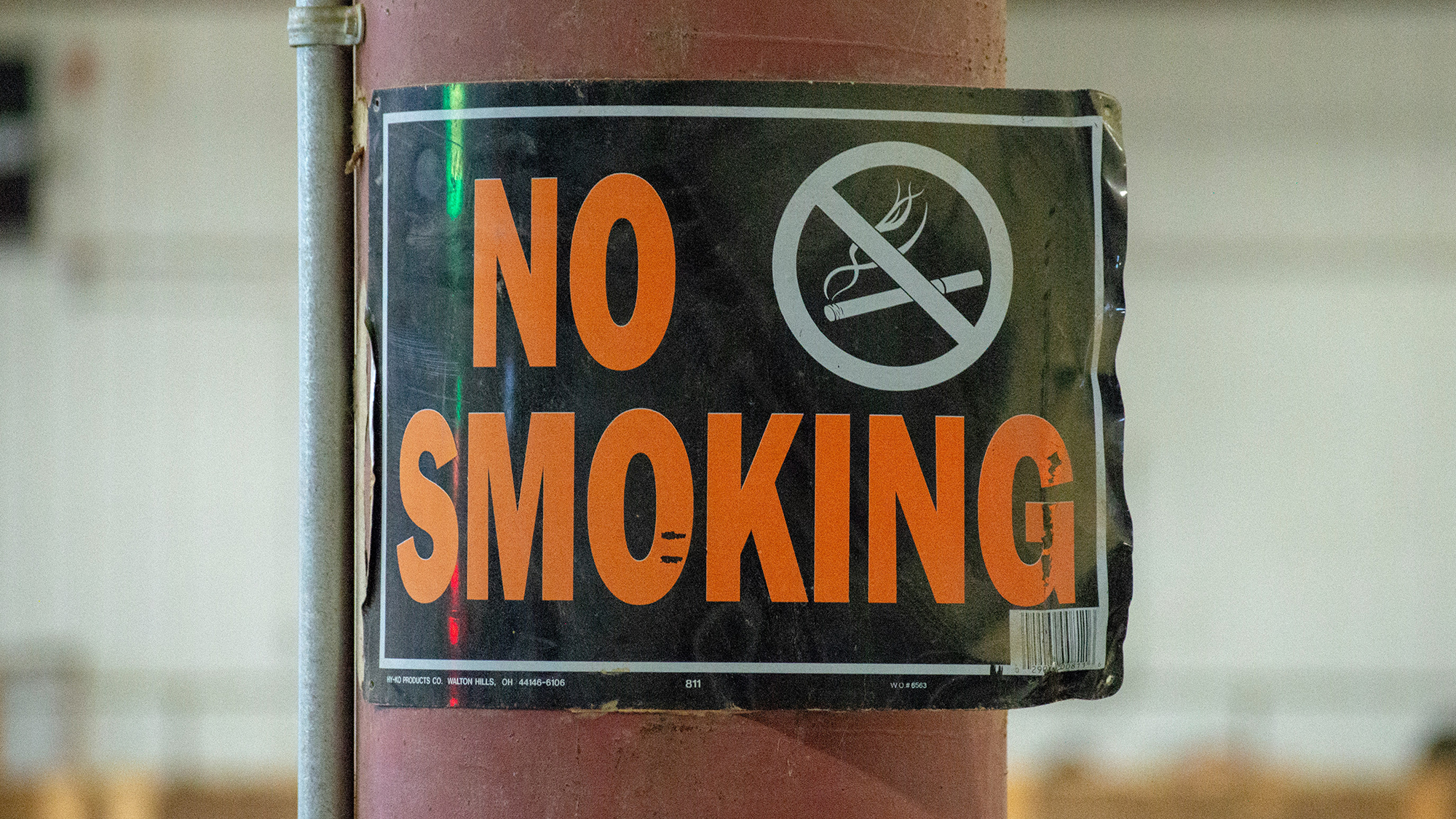Faculty reflect on tobacco control advances
Public health experts home in on what will push the field forward
By Kristen Mitchell

From providing data that drives tobacco policy to uncovering the risks associated with vaping, College of Public Health experts are passionate and widely respected leaders in tobacco control focused on reducing harm and improving heath.
Five experts shared what they see as foundational shifts in the field and what research is needed to protect health as the tobacco industry evolves.
What has been the most important development in the last 50 years in the field of tobacco control?
“The introduction of smoke-free indoor air laws, beginning in the 1990s. Not only have these made great strides in reducing the harms of secondhand smoke, but they have really helped cut down on the social norms surrounding smoking.”
- Megan Roberts, associate professor, Division of Health Behavior and Health Promotion

“Uncovering the tobacco companies’ conspiracy to hide the harms of tobacco use. For decades, the major cigarette companies lied to the public about the addictiveness of nicotine, the deadliness of smoking, the harms of secondhand smoke exposure, the fraud of ‘light’ cigarettes and much more. Bringing this to light transformed public understanding of the harms of smoking and created widespread recognition that tobacco-related deaths are an industry-driven catastrophe, not simply a matter of ‘personal choice.’”
“Over the past five decades, tobacco control has transformed public health, saving over 8 million lives through bold policy, education and regulation. From smoke-free workplaces and health warning labels to excise taxes and international agreements like the WHO Framework Convention on Tobacco Control, these efforts have reshaped social norms and reduced tobacco-related disease across populations. Yet the work is far from over.”
- Liz Klein, chair and professor, Division of Health Behavior and Health Promotion

“Tobacco control has evolved from a focus on individual-level interventions to multi-faceted interventions that reach populations — including tobacco taxes, policies that make smoking less convenient (e.g., indoor and outdoor smoking bans), and comprehensive public education campaigns. These changes have drastically reduced overall smoking rates.”
“The most significant development, in my opinion, is the widespread adoption of clean indoor air laws that restrict smoking in public spaces. They started as local ordinances in the 70s and eventually became state laws in many states, including Ohio. These laws have several important effects at the population level: they lead to a lower smoking prevalence, they are associated with reductions in the rate of heart attacks, they reduce exposure to secondhand smoke among people who do not smoke and they change the social norms related to smoking.”
- Amy Ferketich, professor and associate dean of academic and student affairs, Division of Epidemiology
In your view, what is the most important work yet to come in the field?

“Emerging nicotine products, persistent disparities in smoking prevalence and global challenges demand continued innovation and vigilance. By combining policy-relevant research, advocacy and targeted interventions, the next generation of public health leaders can build on this legacy to further reduce harm and move toward a tobacco-free future.”
“Addressing the massive disparities in tobacco use and tobacco-related deaths both domestically and internationally. Smoking rates have dropped precipitously in the U.S., but not for everyone. There are enormous disparities associated with income, educational attainment, certain mental and behavioral health conditions and other factors. Meanwhile, as tobacco companies have expanded operations in places with weaker tobacco control laws, some countries in Africa and Asia are seeing smoking rates continue to rise.”
- Berman

“The most important work yet to come in the field is related to e-cigarettes. We need long-term risk data to determine the impact they have on the health of individuals who use them, and then we need to be able to compare those risks to the risks associated with cigarette smoking. This will allow us to determine if they are in fact a harm reduction strategy.”
“As lower-harm nicotine products enter the market (vapes, nicotine pouches), we’re challenged to identify population-level strategies to prevent use among youth while encouraging use among combustible smokers who aren’t ready to quit. This is critically important for groups that experience persistent disparities, including LGBTQ+, low income and racial minorities. The social determinants of health — discrimination, employment instability, food insecurity — are driving combustible tobacco use in these groups."
- Patterson

“I would love to see more policies that address the tobacco retailer environment. Too many retailers sell to minors, and there are just too many tobacco retailers in general. A recent study by ASPiRE found that, in the U.S., there are 31 times more tobacco retailers than McDonald’s restaurants.”